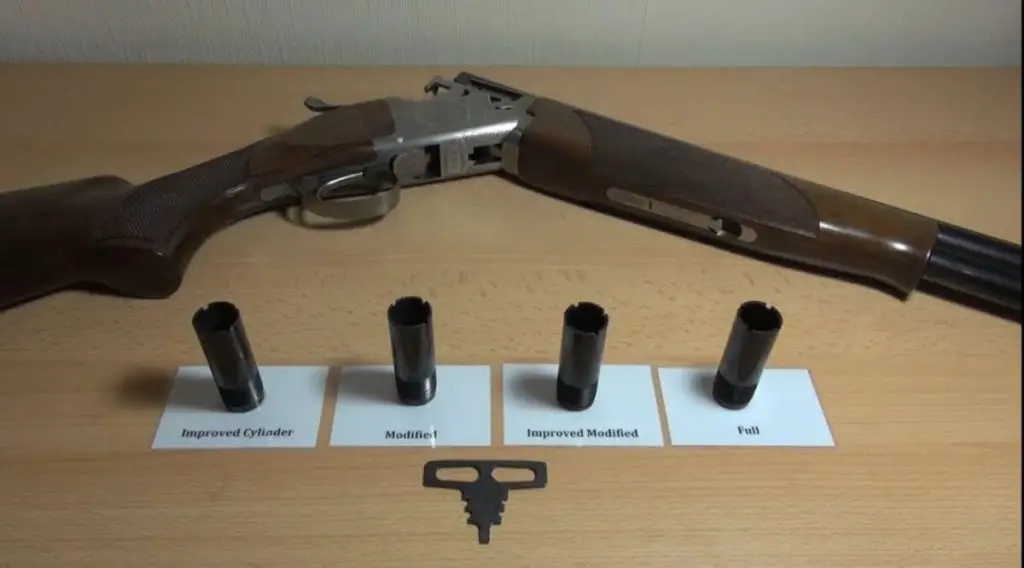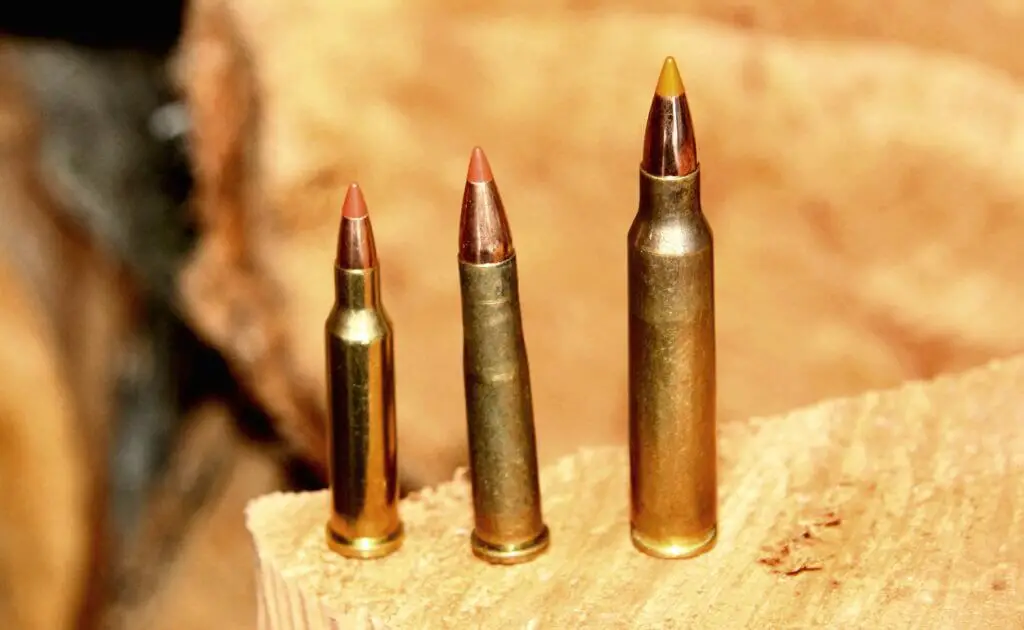In the world of archery, fine tuning your equipment can often make a significant difference in your performance. One of the critical aspects that archers delve into is fletching – the small elements found at the back of an arrow that help stabilize its flight. Two popular styles known by archery enthusiasts are helical and offset fletching. By tracing the distinctions and capabilities of these two methods, we can gain a richer understanding of how arrows can be customized to suit different shooting conditions and preferences.
Understanding Helical Fletching
Helical fletching represents a method that places the feathers or vanes on the arrow shaft in a curved pattern. This “helical” or spiral pattern provides the arrow with a spinning motion as it travels, in essence, behaving like a rifled bullet.
The Benefits of Helical Fletching
Applying a helical fletching to your arrow can provide a range of benefits. It greatly enhances the stability of your arrow while in flight by facilitating a spin, which helps maintain the arrow’s linear path, reducing wobble. This spinning motion also helps keep the arrow on course, even in windier conditions.
Moreover, helical fletchings provide a better guidance system for broadhead arrows. The spin helps to overcome the aerodynamic effects caused by the blade, leading to more accurate shots.
The Downsides of Helical Fletching
The main concern with helical fletching relates to flight speed. The spinning motion, while providing stability, also creates increased drag, causing the arrow to slow down more than if it was fletched straight or offset. For long-range shots, this can mean less accuracy and a lower impact force on the target.
Getting Acquainted with Offset Fletching
On the other hand, offset fletching is a method that aligns the feathers or vanes at a slight angle to the shaft’s length line but without the pronounced curve of helical fletching. The term “offset” refers to this deviation from a straight alignment.
The Advantages of Offset Fletching
Similar to helical fletching, offset fletching also imparts a spinning motion to the arrow, improving arrow flight stability. However, given that the angle is less dramatic than in helical fletching, the arrow experiences less drag and thus maintains a higher speed. This makes offset fletching an excellent choice for long-range shooting where maintaining velocity is crucial.
The Drawbacks of Offset Fletching
While the increased speed is a significant advantage, it does come at the cost of some stability. Offset fletched arrows might not be as accurate in windy conditions as helically fletched ones. Additionally, offset fletching may not assist broadhead-tipped arrows quite as much as helical fletching would.
Helical vs Offset Fletching: A Comparative Overview
| Helical Fletching | Offset Fletching | |
|---|---|---|
| Flight Stability | High | Moderate |
| Flight Speed | Lower due to increased drag | Higher due to reduced drag |
| Performance in Wind | Excellent | Good |
| Efficiency with Broadhead Arrows | Very Good | Good |
| Range Capability | Better for Short Range | Better for Long Range |
In the end, choosing between helical and offset fletching would depend primarily on an individual’s shooting style, conditions, and preferences. Both styles offer distinct benefits and potential limitations, and understanding these can help archers make a more informed decision.
Frequently Asked Questions
Is helical or offset fletching better?
Both helical and offset fletching methods have their own advantages and it ultimately depends on the specific needs and preferences of the archer. Helical fletching creates a spiral-shaped rotation, providing greater stability and accuracy at longer distances. Offset fletching, on the other hand, creates a slight angle to the arrow shaft, offering improved stabilization and control, particularly in windy conditions. Therefore, the choice between helical and offset fletching should be based on the archer’s shooting style, shooting distance, and the prevailing environmental factors.
What is the difference between helical and offset?
The main difference between helical and offset fletching lies in the orientation and angle of the vanes or feathers on the arrow shaft. In helical fletching, the vanes are set at an angle that creates a spiral-shaped rotation around the shaft, while in offset fletching, the vanes are set with a slight angle away from the shaft. This difference in orientation determines the performance characteristics of the arrow, such as stability, accuracy, and resistance to wind drift.
What type of fletching is best?
The choice of the best fletching type depends on several factors, including the archer’s shooting style, arrow weight, bow draw weight, and shooting conditions. Generally, helical fletching is popular among archers who shoot longer distances or use broadheads because it offers better stability and accuracy. Offset fletching, on the other hand, is favored by archers shooting at closer distances or in windy conditions, as it provides better control and reduced wind drift. Ultimately, it is recommended to experiment with both fletching types to determine which one suits individual needs and preferences the most.
What are the pros and cons of helical vanes?
The pros of using helical vanes include:
- Increased stability and accuracy at longer distances
- Better arrow grouping
- Improved performance with broadheads
- Reduced drag, resulting in increased arrow speed
However, there are also some cons to consider:
- Increased arrow drag in windy conditions
- Potential difficulty in arrow removal from targets due to deeper arrow penetration
- May require higher arrow spin rate, leading to increased arrow wobble
It is essential to weigh these pros and cons against personal shooting needs and conditions before selecting helical vanes for fletching.
- How to Put a Scope on a Mosin Infantry in Tarkov: A Quick Guide - November 7, 2024
- How to Edit a Scope Box in Revit: A Step-by-Step Guide - November 6, 2024
- How to Put a Scope on Mosin Tarkov: Expert Tips for Gamers - November 6, 2024


